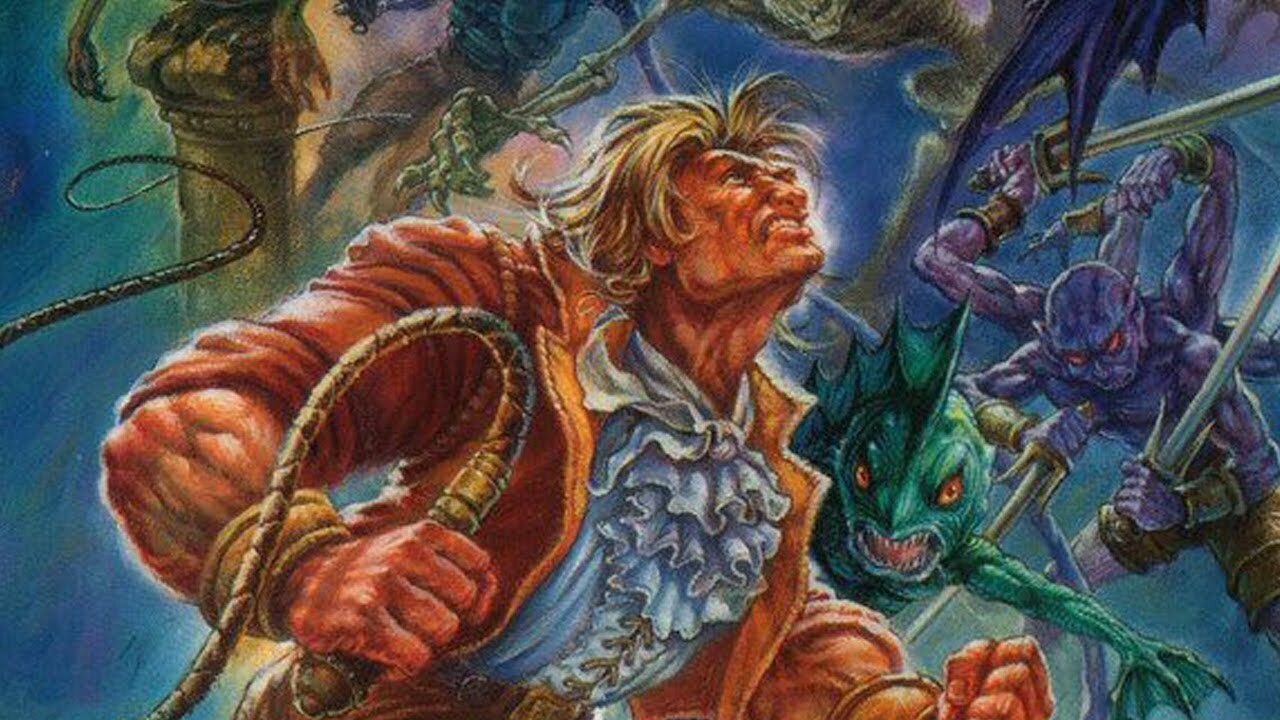



The story of Symphony of the Night starts with a reprise of the final fight between vampire hunter Richter Belmont and the vampire lord Dracula at the end of Castlevania: Rondo of Blood. The game also introduces numerous RPG elements to the series, including attribute, inventory, and experience systems. The game is known for being an epitome of what is known as the "Metroidvania" sub-genre (sharing its name alongside Super Metroid), which trades the level-by-level linearity of traditional platformers for free-formed backtrack-focused exploration of one large 2D open world (a concept previously only seen in the Castlevania franchise from Castlevania II: Simon's Quest, and to a lesser extent, Vampire Killer). The thirteenth installment of the Castlevania franchise, Symphony of the Night is a direct sequel to the 1993 Japanese-exclusive PC Engine game Castlevania: Rondo of Blood and takes a radically different approach to the series' traditional platforming while introducing the dark, gothic, painting-like art style of character designer Ayami Kojima. Overview Alucard, the game's main protagonist.Ĭastlevania: Symphony of the Night (known in Japan as Akumajou Dracula X: Gekka no Yasoukyoku, which loosely translates to "Devil's Castle Dracula X: Nocturne in the Moonlight") is a 2D horror-fantasy platformer-adventure game developed by KCE Tokyo and published by Konami for the Sony PlayStation on Ma(in Japan), on October 2nd, 1997 (in North America), and on Novem(in Europe).


 0 kommentar(er)
0 kommentar(er)
